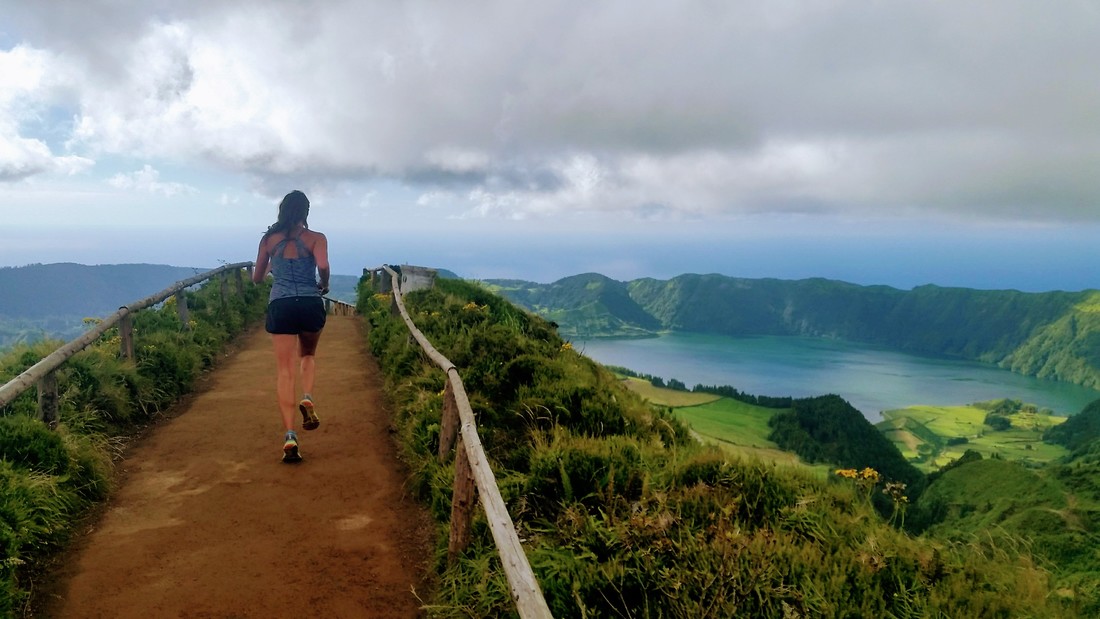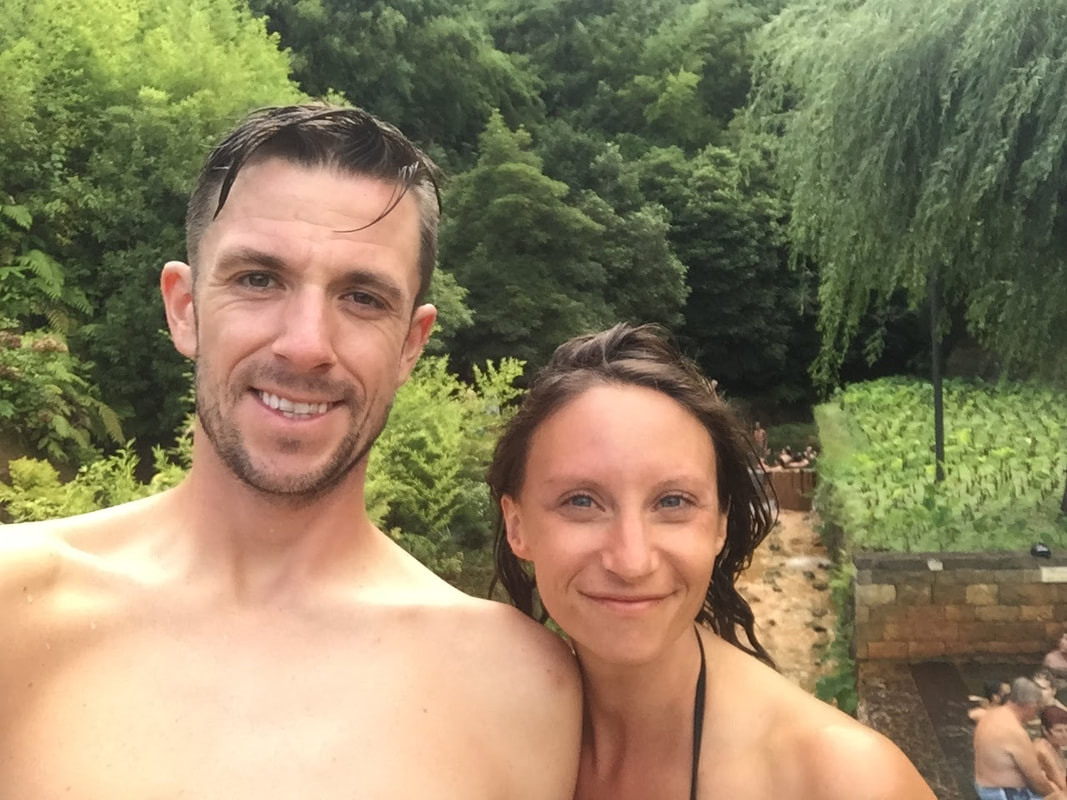|
The excitement for our trip to the Azores had been building for months, if not years. Ever since we’d first heard about these mysterious Portuguese islands in the middle of the Atlantic, our interest had been piqued. Maybe it was the geographical, topographical and cultural similarity to Hawaii. Or maybe it was because of all the places we’ve traveled, this was somewhere no one (that we knew, at least) had been. Or maybe it was the realization that, in many ways, we had no idea what to expect. To get to the Azores from Valencia, we took two flights. Both about two hours, both relatively inexpensive (as so many flights within Europe are). Landing on Sao Miguel, the biggest and most diverse of the Azorean islands, we were immediately, 100%, blown away. This skinny little island (39 miles long and only 10 miles at its widest point) was a vibrant green in all directions, with mountains stretching up into the low hanging summer clouds to the east and west. It certainly lives up to it’s nickname of “the green island.” We spent our first two days on Sao Miguel island getting lost among the narrow cobblestone streets of the island’s capital “city” Ponta Delgada. With about 45,000 inhabitants, it’s the largest city in the Azorean archipelago, but definitely feels much more like a town. The architecture resembles some of the South and Central American colonial towns we visited in 2015 during our trip around the world. But many of the buildings in Ponta Delgada feature white exteriors against grey and black stone roofs and streets - a stark contrast that is entirely unique. The Portuguese, and Azoreans in particular, were friendly and warm, and it was easy to slip back into the laidback island lifestyle we once knew on Maui (not to say the Spanish lifestyle isn’t laidback - but island life is just different, ya know?). We explored the central market, the harbor, tiny local bars where Azorean men throw back beers at all times of day, ate Portuguese tapas, and drank plenty of port as well as a few local craft brews. Let’s just say, we acclimated fast. After a couple of days it was time to really explore the island. We rented a car (the only real way to truly explore the island) in Ponta Delgada and darted off to a small village on the western coast called Caloura. Located near the midpoint of the island, we thought it’d be a good jumping off point for all the adventures we had planned. Outside of the “city,” we were again reminded why Sao Miguel is known as the green isle. Giant, basketball-sized purple hydrangeas line the streets and rolling green hills are backed by tall, volcanic mountains. The entire island looks landscaped - contrived for our definition of beauty. We quickly agreed that is was unlike any place we’ve ever been and quite possibly could be the most beautiful place we’ve ever visited. A big reason the Azores are so insanely picturesque is because the island chain is located on a triple junction of tectonic plates, exactly the spot where the Eurasian, African and North American plates meet, creating six volcanic zones on Sao Miguel alone. Today, this tectonic, volcanic activity results in magnificent crater lakes, steep mountain ravines, lush jungles, spectacular waterfalls, and a handful of life-changing hot springs. It’s a nature lover’s dream come true. In just a few days we hiked the incredible Praia trail to Lagoa do Fogo, the Caldeira da Ribeira Grande trail to Salto do Cabrito, and the Vista do Rei to Sete Cidades. In Sete Cidades we kayaked around a natural volcanic crater late - from Lagoa Azul to Lagoa Verde - then drank a few beers before making the trek back up the crater. To truly take in the magnificence of Sete Cidades, we drove to Boca do Inferno, just outside the crater, which offers one of the most spectacular views you’ll ever see (pic below). One of the super rad things about Sao Miguel, is the opportunity to dip into a natural hot spring following a day of hiking. We went to two different, uniquely cool hot springs during our time on the island. One, Caldeira Velha, was seemingly in the middle of a tropical forest (2 euro entrance fee) and the other, Dona Beija (4 euro entrance fee), is a bit more posh, in the idyllic, sleepy town of Furnas and another volcanic lake, Lagoa do Furnas. All of this, and we haven’t even mentioned our visit to the Gorreana Tea Farm, the only tea plantation in Europe and some tasty passionfruit and pineapple liqueur tastings at Fábrica De Licores: A Mulher de Capote. Our trip to Sao Miguel is very close to being the definition of our perfect vacation. Full of hikes, delicious local food, amazing produce (tiny, sweet melons!), local wine and beer, daily visits to natural hot springs, and beautiful evenings spent watching the Atlantic crash against black volcanic coastline. The day before we left, we saw an advertisement for a small cottage for sale in a local real estate office and legitimately contemplated whether we could buy a place there and leave the rest of the world behind. We didn’t pull the trigger, but that’s not to say we won’t at some point in the future. Because the moment we left the Azores, we started planning our next trip back. It was simply incredible. Look for our Cohica Trip to the Azores & Sao Miguel, coming soon. In the meantime, check out
Portugal: A foodie exploration to Lisbon & Porto
0 Comments
Your comment will be posted after it is approved.
Leave a Reply. |
Cohica TravelA travel design agency. Categories
All
Archives
October 2023
Follow us on Instagram @CohicaTravel
|































 RSS Feed
RSS Feed
